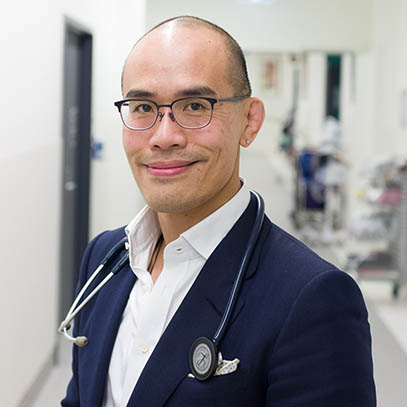By Professor Constantine Tam
Dr. Tam, from Melbourne Australia, has written a basic introduction to CAR-T therapy and what limits there are with the present technology, and some possible solutions. Please enjoy his teaching below. Thanks. – Brian Koffman, MDCM (retired)
Chimeric antigen receptor T-Cell (CAR T-cell) therapy is a new treatment where a patient’s own immune cells (the T-cells) are genetically hi-jacked to attack cancer. The currently approved products instruct the T-cells to attack CD19, a molecule expressed by many different types of cancers including chronic lymphocytic leukemia, diffuse large B-cell lymphoma and acute lymphoblastic leukemia. By harvesting the immune system’s ability to attack and control cancer, CAR T-cell treatment offers the possibility of cure for many types of cancer that has otherwise become resistant to conventional therapy.
Although these results are highly encouraging, there are three major areas of improvement for CAR T-cell therapy.
First, the range of targets that we can tell the T-cells to attack are limited. Currently, we have CD19 as the only licensed treatment, although a variety of new targets are being worked on. For example, in a disease called multiple myeloma, BCMA (B-cell maturation antigen) has become a promising target. Whatever target we choose, it needs to be something that is either not present on normal cells in the body, or be on dispensable cells, as the potency of T-cell attack means that any cell in the body (normal or cancer) will be attacked and killed if they express the target. Unlike a normal drug or antibody treatment, once the T-cells are infused, there is no turning them back. Some of the early experiences with CAR T-cells have, for example, been terminated as the T-cells attacked key organs and led to deaths.
Second, the cancer may escape the T-cells by shedding the target, for example, by not expressing CD19 anymore. In this case, the cancer becomes completely invisible to the T-cells and escapes their attack. Even if only 1% of the cancer cells shed the target, the treatment will fail as this 1% will then regrow to recapitulate the whole cancer. In order to tackle this, we are currently developing ways of combining targets. For example, we can potentially target both CD19 and CD22 in leukemias, so that to survive the immune attack, the cancer cell must lose both targets.
Lastly, CAR T-cell production is currently a slow, bespoke process. Each lot of CAR T-cells are made for an individual patient on an “on-demand” basis. Imagine if every time you buy a car, you have to ask Ford to construct one from the ground up, putting together individual components that cannot be used on any other car. This is simply not sustainable on a large scale. To tackle this, we are now developing ways of making “off-the-shelf” CAR T-cells that can be mass-produced, and that can be simply defrosted and infused into any patient who needs it – similar to buying a mass produced car from a dealership! These “allogeneic CAR T-cells” are surely the way of the future.
In summary, we are seeing the very beginning of a very exciting new technology that has already saved many lives. It will indeed be a very exciting and interesting ride from here.
Professor Constantine Tam is an academic haematologist and Lead for Chronic Lymphocytic Leukemia (CLL) and Low-Grade Lymphoma Program at the Peter MacCallum Cancer Centre and the Victorian Comprehensive Cancer Centre (VCCC). Dr Tam graduated in 1998 from the University of Melbourne, dual trained in haematology and haematopathology, and completed a Leukemia Fellowship at the MD Anderson Cancer Center as well as a research Doctorate of Medicine at the University of Melbourne.




